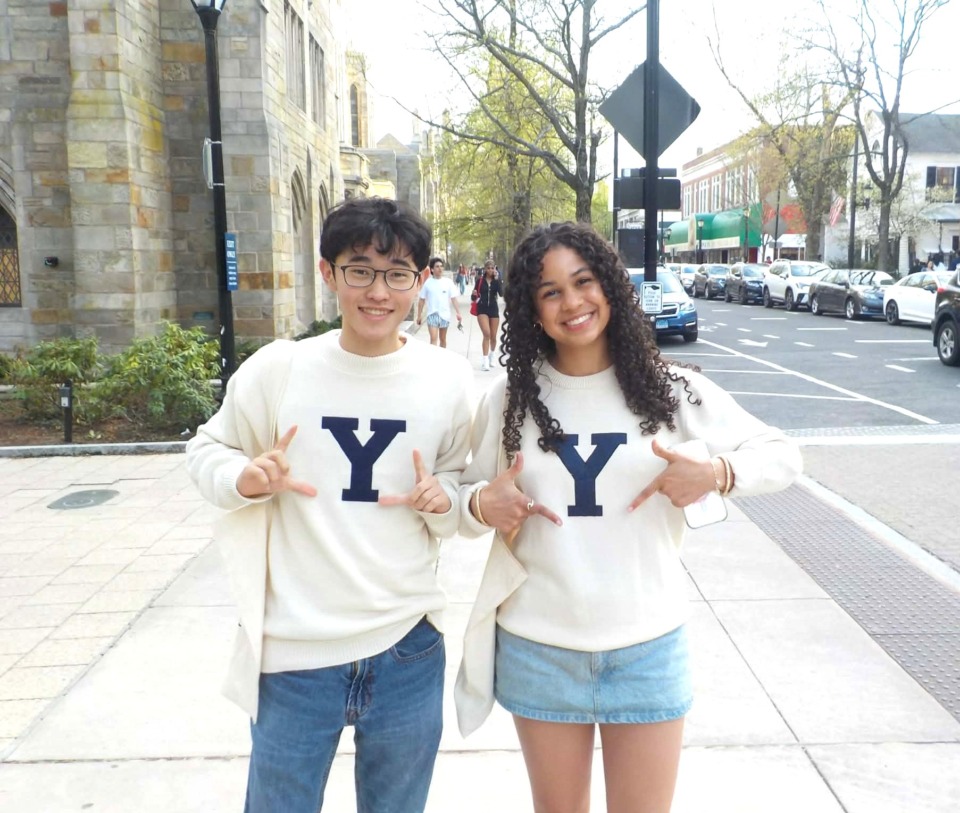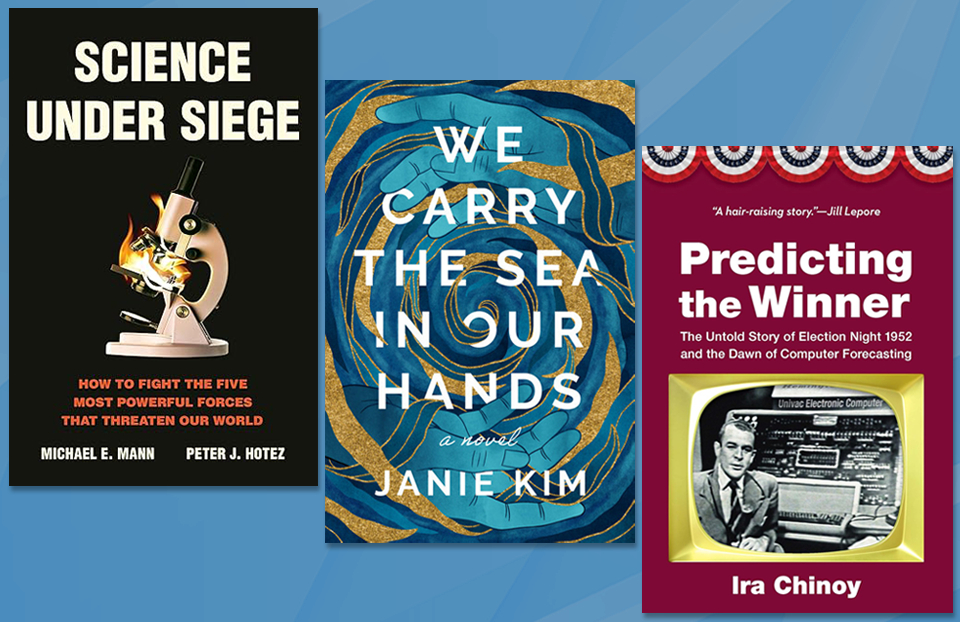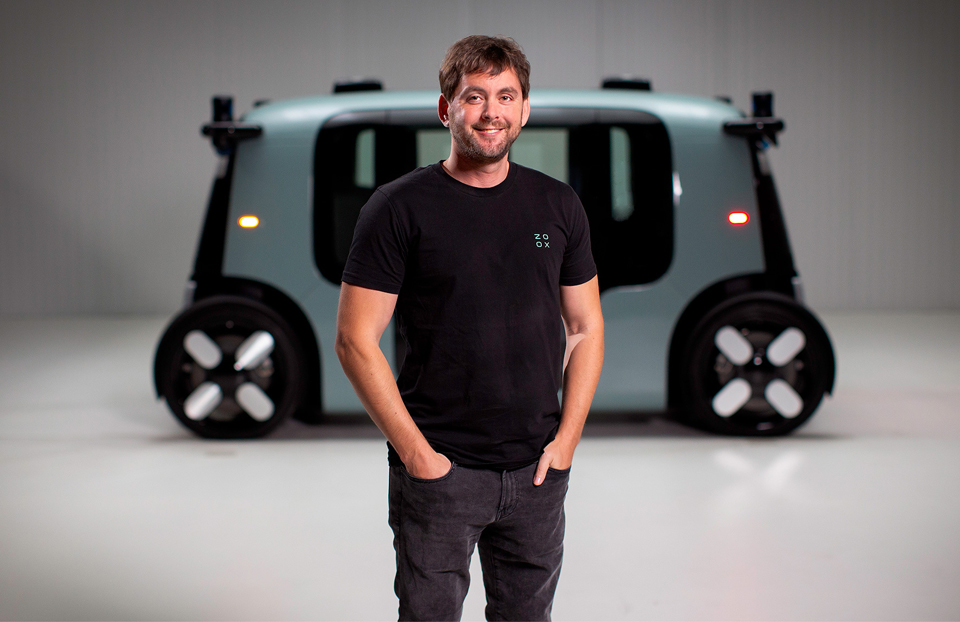Intel ISEF alumna a Breakthrough Prize Junior Challenge finalist
Intel ISEF 2015 finalist Ritika Bharati is a Breakthrough Junior Challenge Breakthrough Prize finalist. She created a video to explain oncolytic virotherapy for the prize.
In addition to being a young scientist, Ritika has a hobby of making science videos.
Can you describe Oncolytic virotherapy? How did you become interested in studying this therapy?
Oncolytic virotherapy is a process where a virus essentially kills cancer cells. The virus has re-engineered DNA which programs it to specifically attack cancer cells, and just like many viruses, causes the cell to lyse. I became interested in this topic while conducting research on neuroblastoma cells and their cancer properties. While I was looking into different aspects of the cell, such as its cell-binding proteins, I researched different ways of treating cancer cells. Oncolytic virotherapy was one of them.
What does this recognition mean to you?
Being notified of being a finalist of the challenge was a genuine surprise to me. At the time, I was new to making scientific videos and was still trying out different video-making techniques. While I didn’t think many people would enjoy the video, the recognition proved otherwise. I gained confidence in pursuing my hobby of making scientific videos.
You created a Breakthrough Junior Challenge video. What was the most fun part of creating this video? What was the most challenging part of describing oncolytic virotherapy to viewers?
The most fun part of making the video was drawing out all of the processes of oncolytic virotherapy. I love to draw, so being able to use this skill in my video was definitely a blast.
In order for someone to fully understand oncolytic virotherapy, they should have a science background close to someone who has been through an honors biology course. However, I didn’t have the liberty to explain all of the concepts of an honors biology course in a 10 minute video, so I had to condense some of the topics in order to be within the time limit. Figuring out how to condense the information, and being it able to explain it clearly, was definitely a challenge.
Do you have other STEM-related projects or goals that you’re pursuing?
Currently, I’m toying around with different computer programs that look at proteins and trying to learn different statistical modeling programs such as R. I’d love to be knowledgeable in both the biological and technical aspect of cancer research so that I can apply both fields to my future research.
What was your most memorable experience at Intel ISEF?
The entire Intel ISEF experience was nothing short of awesome! My favorite part was meeting Nobel Laureate Sir Harold Kroto and talking to him about the future of science. He was so cool!
Can you provide a short description of your Intel ISEF research project?
My Intel ISEF project involved observing neuroblastoma cells and their cell-binding properties. I observed the effects of phytosterol, a steroid compound found in plants, on the presence and integrity of cell-binding proteins found in neuroblastoma cells. I found that increased levels of phytosterol increased the intensity of certain cell-binding proteins, and displayed certain anti-cancer effects on the cells.
Did your involvement in Intel ISEF influence you to pursue STEM or promote STEM to others?
Intel ISEF was definitely a memorable experience that affected my STEM career afterwards. After looking at all of the different projects last year, I try to look at different topics in STEM from a multitude of perspectives and learn about all kinds of topics to increase my knowledge. Being part of the Intel ISEF experience also taught me how to explain complex scientific topics to judges, other researchers, and even elementary school students, a skill I applied in making my Breakthrough Challenge video.
What is your advice to young people interested in science and math?
Learn, learn, learn. Read anything you can about science. Watch videos about different scientific topics, even if they don’t sound or look interesting at first. Don’t be intimidated by lengthy vocabulary or complex procedures; take your time to learn about complex topics step-by-step.
Don’t be discouraged if things don’t go right the first time! My first science project in fifth grade involved watering plants with soda, so it took me five years to come up with a project for Intel ISEF. If young people are passionate and perseverant about their scientific research, they can definitely reach their goals.
Science is limitless. Don’t be afraid to try new things or toil with ideas that other people haven’t thought of before. In the future, anyone could end up creating revolutionary cancer treatments like oncolytic virotherapy.


